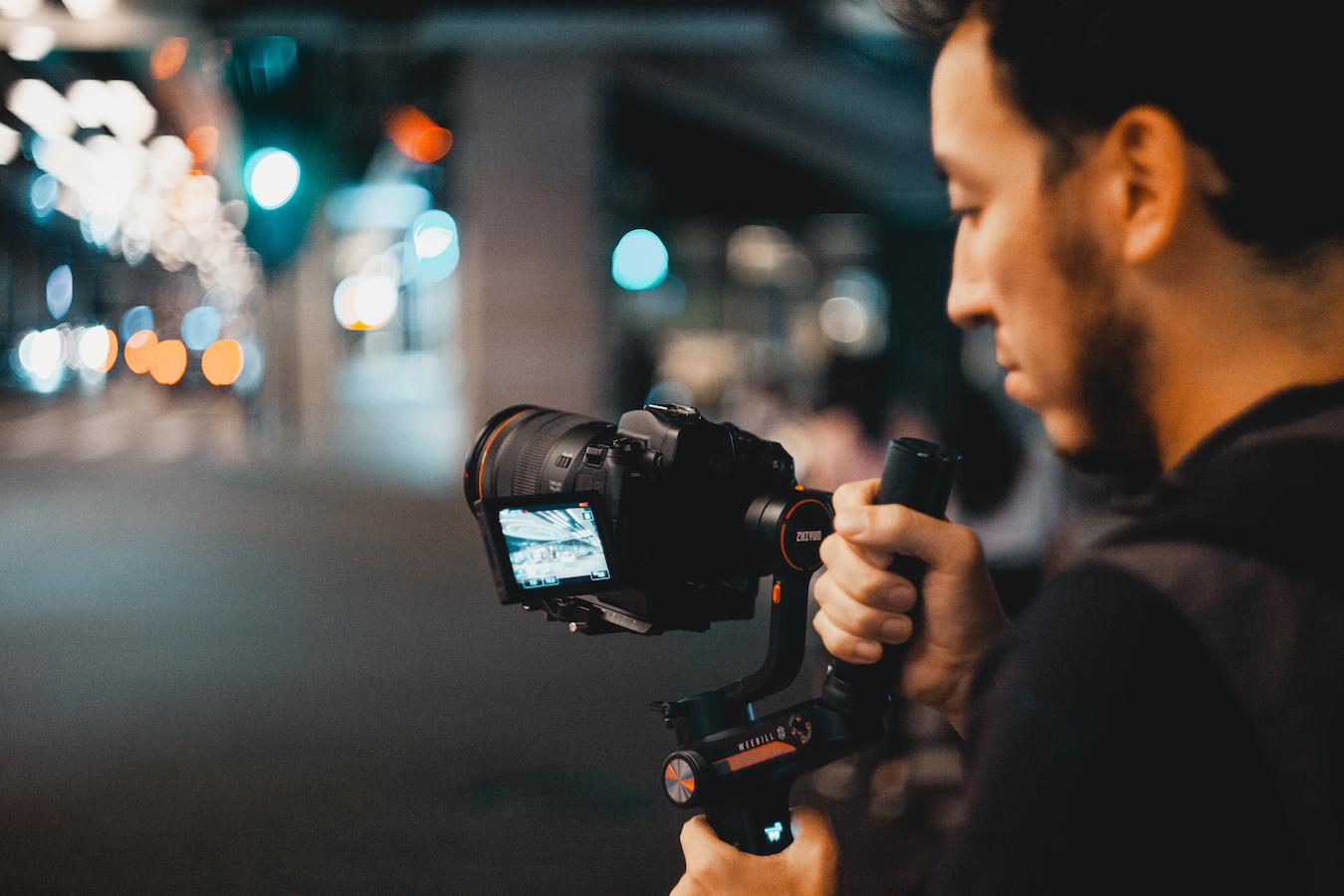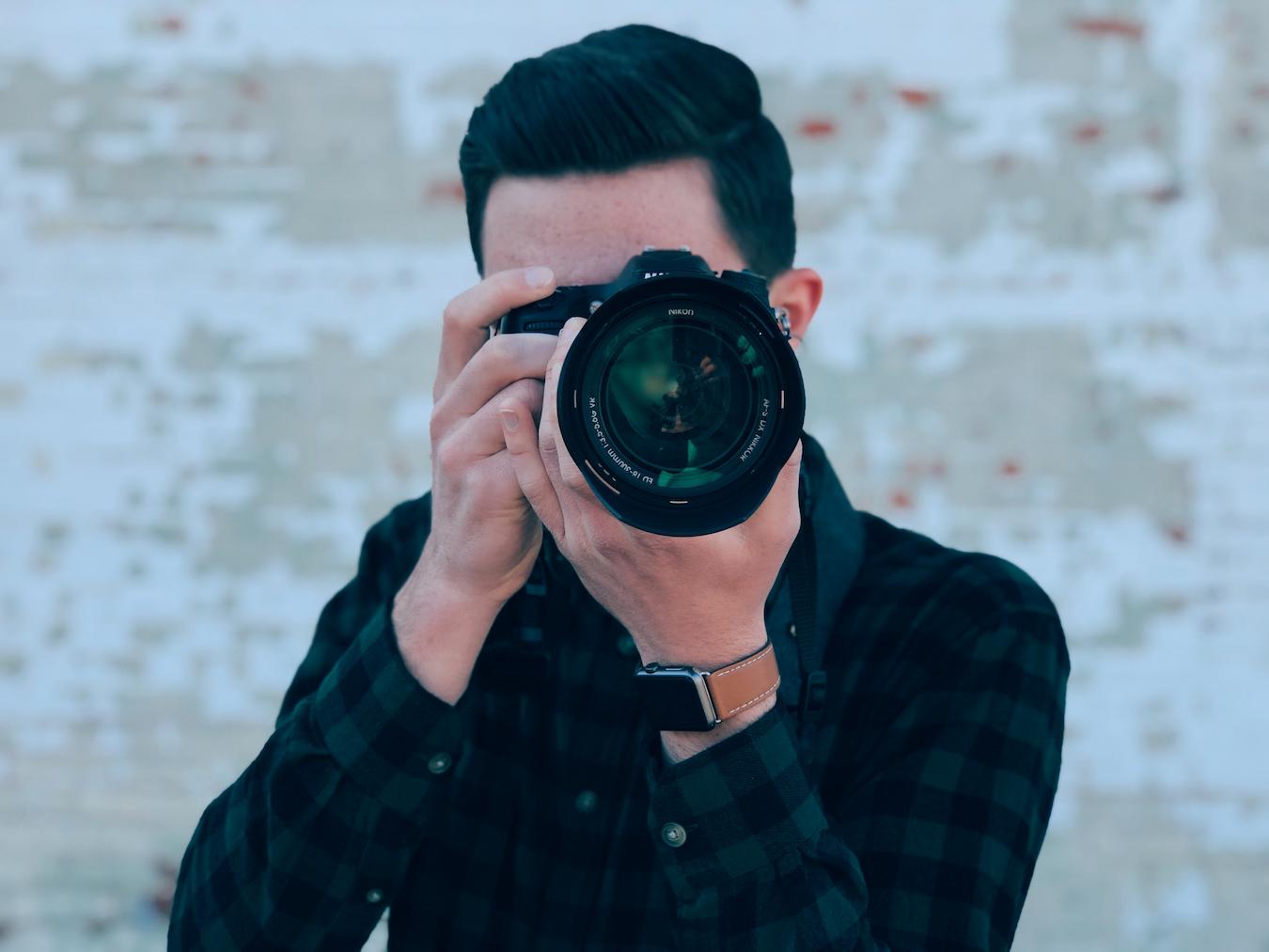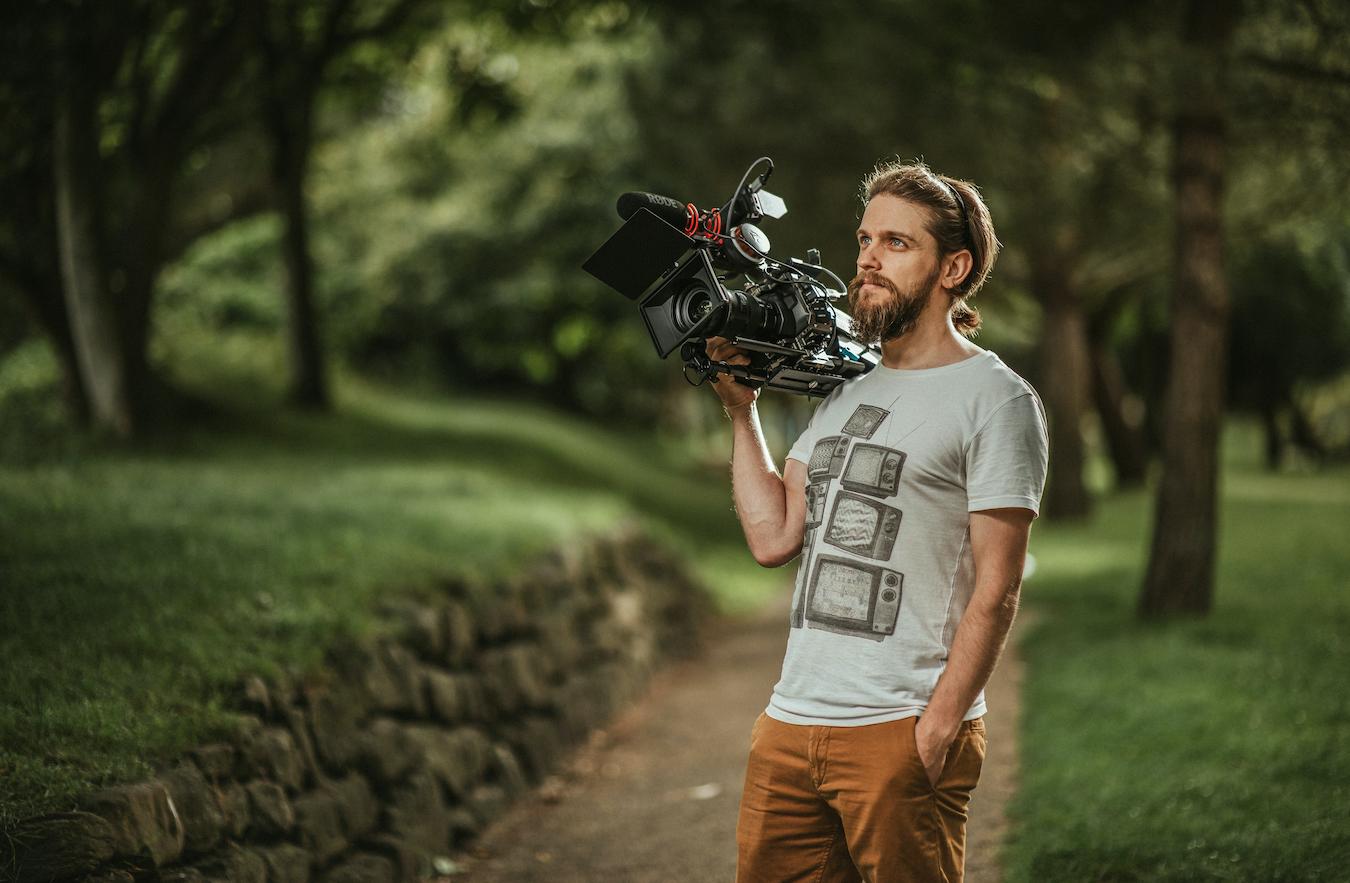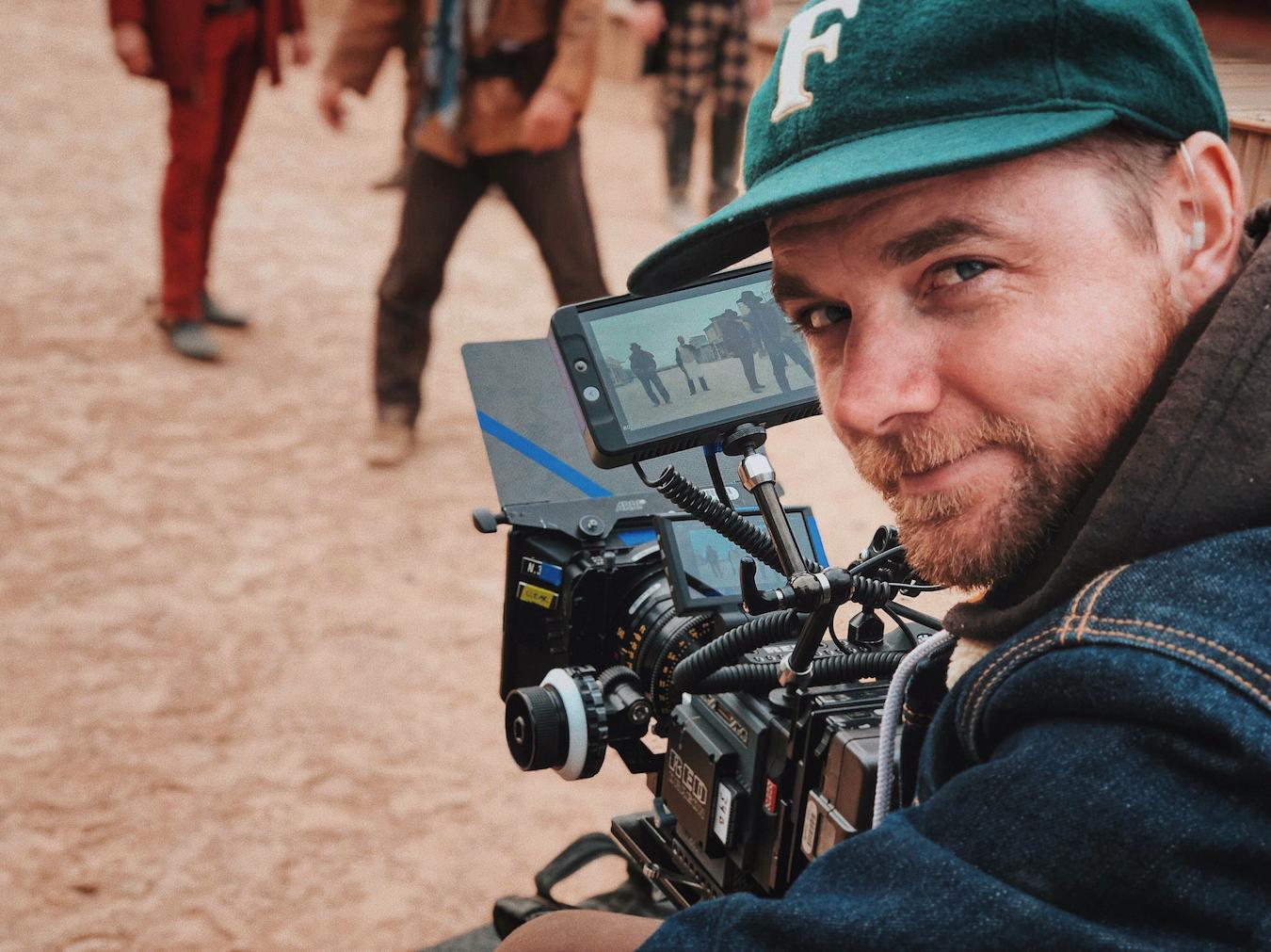You know those movies you watch just for the sake of how they look? The color palette is just right?
And the visual storytelling as told through color theory just makes it a visual feast to take in? Yeah, those. (I can hear your ahh’s from here!)
These movies alone teach us that the power of cinematography cannot go underestimated. And, as I’m sure you know, many filmmakers have underestimated it and ultimately paid the price.
Just think of color theory as a free way to enhance each shot of your film. An emotional scene might have high contrast between light and dark to showcase the drama.
Or perhaps more serene colors can communicate a sense of peace in certain scenes. Either way, the cinematographer, or director of photography, must ensure that the audience feels a certain way at any given time.
And that, in and of itself, makes cinematography an art form many have tried to master. If you’re a filmmaker looking to find that balance on the screen, consider these tips below.
You’ll soon find that creating a world relies heavily on the color wheel. And it won’t just add to the visual feast of the film; it will detail the psychology behind it too.
See Related: How to Convert Super 8 Film to Digital
The elements of color in film
Making a decision on lighting or color in film can be somewhat overwhelming. But these factors will help you break down what exactly you are looking for.
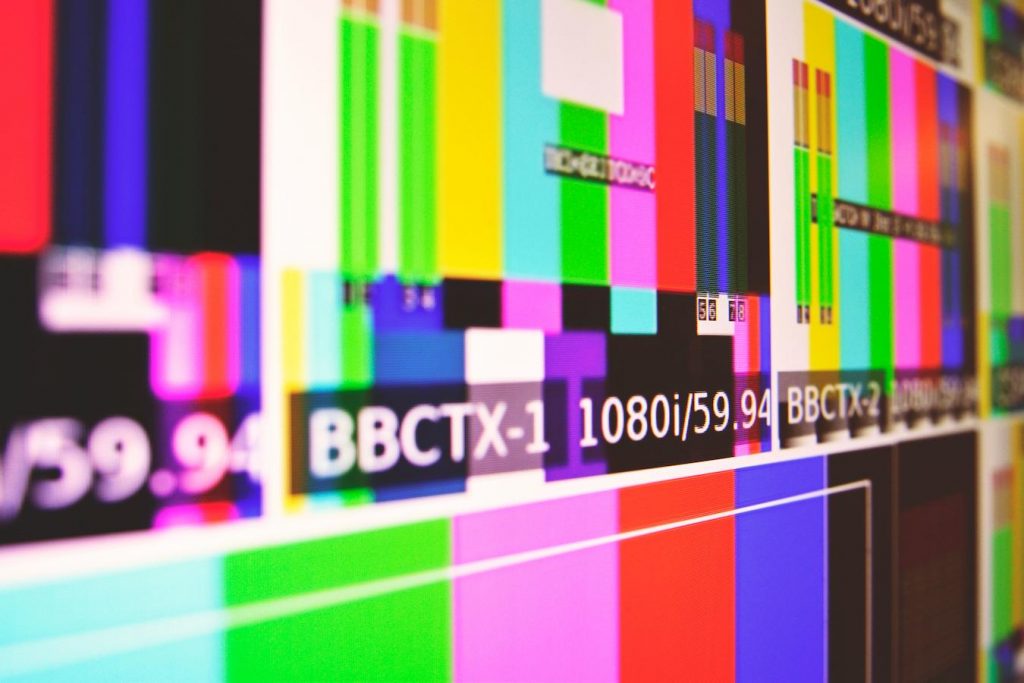
Hue
Hue can easily be defined as the color or shade that a director of photography is after. Often, a movie will rely on color palettes and particular lighting throughout to make for a cohesive film.
But sometimes, those color palettes change depending on the shot and location of each scene. And this can be intentional to the story.
Ultimately, hue is key to setting the mood and tone of your movie as you create different environments for your characters to explore. Some filmmakers will even have a particular light follow a character throughout to maintain their integrity.
If a character walks into their happy place, perhaps the room is brimming with yellow. Using warm light and colors like orange and pink can further accentuate that notion.
But if that character has recently suffered a blow, perhaps you’d like to go with a blue hue. This color can enhance emotions like suffering and sadness.
And you can create an environment that reflects the inner lives of the characters through each scene. At its core, the cinematography of a film makes emotion visible through color and light.
So get cracking on color theory! The more you look, you’ll find that each color can be associated with a different emotion.
Saturation
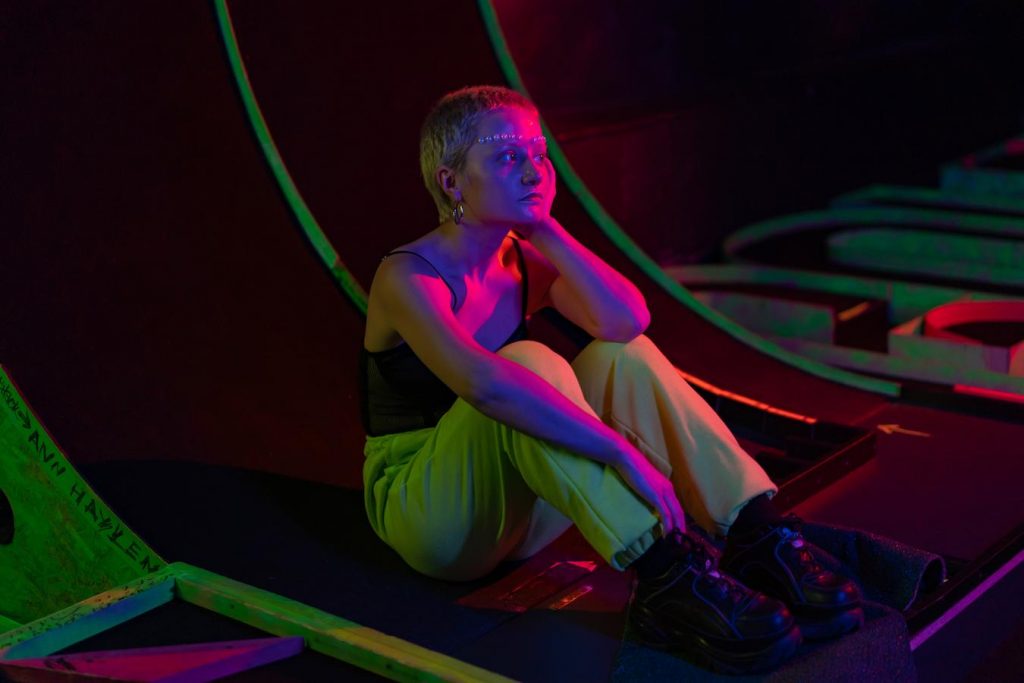
So you’ve determined the color palette of your movie. Now, how can you make sure that the color and light match the tone of the film?
Saturation! Over the course of the filmmaking process, as well as during post-production once the project goes from shoot to working in a production studio to edit, add music, etc., you can saturate your colors for a bright production image.
Or, you can mute color to make for a deeper mood. You can also consider the time period of your movie so that your lighting can reflect the general cultural atmosphere of your film.
Do you remember watching an old home video and being struck by intense waves of nostalgia? Most likely, the camera, lighting, and saturation had something to do with those feelings.
Sure, you’re watching a family video (and maybe crying internally at those days gone by). But if you’re working in filmmaking, you can use those indications to your advantage.
Let’s say you’re making a film about the life of a single character. Consider using an older camera to capture that nostalgia or use a particular light to demonstrate just how past this moment in time actually is.
I mean, it’s not like futurist films use the same lighting as a Spaghetti Western. So make sure that the story of your movie is at the forefront of your color decisions.
Bonus: What is Independent Filmmaking?
Brightness
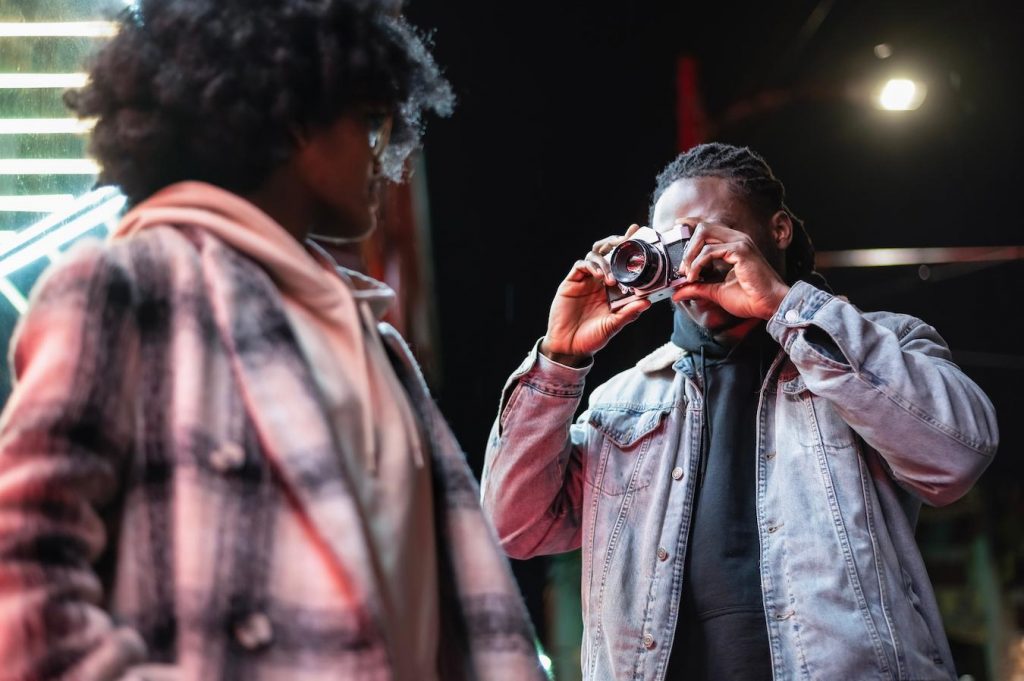
Lighting in film is a great way to communicate the message of each scene. And adding or eliminating brightness in a particular shot can communicate when the ideas and tones of the film have changed.
Let’s say you use color to identify a particular character. And their costumes always end up residing in a sort of cool color palette, for example.
Well, over time, those repeated images in green or blue will teach viewers that cool light simply refers to that character’s natural state. Those colors are the key to determining when they are in balance.
But as the film progresses, your character is put under an interrogation light. A red one, in fact.
Not only is the act of being interrogated panic-inducing. But for a character whose images and lighting are almost always blue, red can accentuate that feeling of discomfort and paranoia.
In this way, using opposite colors on camera or varying brightness can create a deep tension within the image on screen. Isn’t color psychology neat?
Roy G. Biv

Using color in your live-action film is perhaps one of the greatest ways to enhance it. As social creatures, we learn to associate colors with different attitudes and emotions.
So even the most subtle of color cues you give off in your movie can speak to certain viewers who are keeping an eye out. Besides, it’s like a fun little Easter egg hunt too!
Accentuate your visual storytelling techniques with lighting and color. It can do wonders for your filmmaking.
And it will definitely teach you to respect the next cinematographer that comes your way. No more will you think that color theory in film is just Roy G. Biv cracked up on steroids.
No. You’ll likely be changing your tune to something along the lines of, “maybe Roy really knew what he was talking about after all.”
Keep Reading: How To Get Into Documentary Filmmaking
–
Mack Sennett Studios is a historic full-service photography studio, production sound stage, and private event space in Silver Lake, serving as creative home to the Los Angeles cultural renaissance for the last 100 years. Check us out on Facebook, Twitter, Vimeo, Pinterest, Yelp and Instagram.

